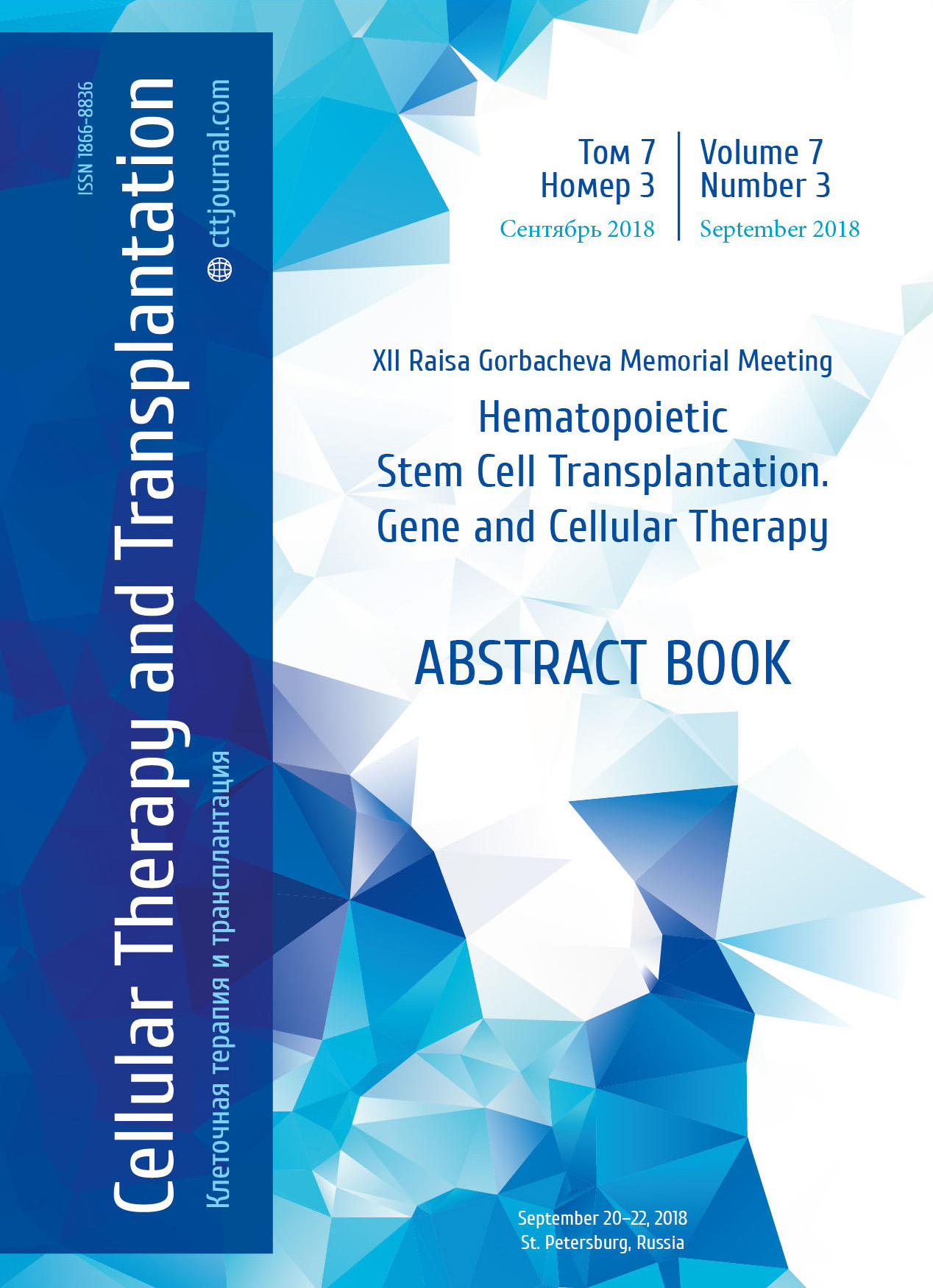Comparative analysis of late effects after treosulfan- and busulfan-based myeloablative conditioning regimens for allogeneic hematopoietic stem cell transplantation in children
Summary
Introduction
Treosulfan is actively used as myeloablative and immunosuppressive agent in modern conditioning regimens, while exhibiting a reduced early toxicity in the setting of allogeneic hematopoietic stem cell transplantation (allo-HSCT). But there are no data about long-term effects. The aim of this study was retrospective analysis of late effects after treosulfan-and busulfan-based myeloablative conditioning regimens in children.
Methods
We propose a comparative analysis of late effects in children, who got allo-HSCT at BMT Department of Russian Children’s Hospital/Dmitry Rogachev National Research Center of Pediatric Hematology, Oncology and Immunology (Moscow, Russia) between 2004 and 2011 with busulfan- (group 1, n=110, median follow-up 7.4 yrs) or treosulfan-based (group 2, n=38, median follow-up 5.7 yrs) and survived at least 1 year after HSCT. The statistical analysis was carried out for the median period of 5 years after allo-HSCT for both groups. Chronic graft-versus-host disease (GVHD), pathology of endocrine, nervous, cardiovascular systems, bone mineral turnover and secondary malignancies were studied.
Results
Patients with malignant diseases (105 in busulfan group and 30 in treosulfan group) had similar 5-year survival results: overall survival in 1st and 2nd groups were 79.3% and 66.1%, relapse-free survival – 82.5% and 74.1%, respectively. Chronic GVHD incidence was 57% in treosulfan group and 50% in busulfan group. Cumulative incidence (CI) of chronic extensive GVHD was 27.6% in group 1 and 43.3% in group 2. The analysis of other late effects revealed the reduction of endocrine complications in treosulfan group, 27% against 43% in the 1st group, none had hypergonadotropic hypogonadism (CI 32.8% in group 1 opposite to 0% in group 2, р = 0.012). Thyroid gland pathology dominated in group 1 – 29% opposite to 13% in group 2. Central nervous system pathology in treosulfan group was functional unlike predominance of organic impairment in group 1: no cases of encephalopathy or secondary epilepsy were registered. Differences in cardiovascular complications incidence were revealed, i.e., 16% in group 1 with secondary cardiomyopathy predominance in contrast with 10% in group 2. Both groups demonstrated one case of secondary neoplasms after a long follow-up period. Among patients with nonmalignant disorders (primary immunodeficiencies), 5 got busulfan-based conditioning and 8 received treosulfan-based treatment. Overall 5-year survival was 87.5% in group 1 and 60% in group 2. No significant differences in late effects after allo-HSCT were revealed.
Conclusion
Treosulfan-based myeloablative conditioning allows to reduce incidence of late endocrine complications (especially, hypogonadism), central nervous system and cardiovascular system pathology after allogeneic HSCT in children when compared with classical busulfan-based conditioning regimens.
Keywords
Allogeneic HSCT, conditioning, treosulfan, late complications, children.


